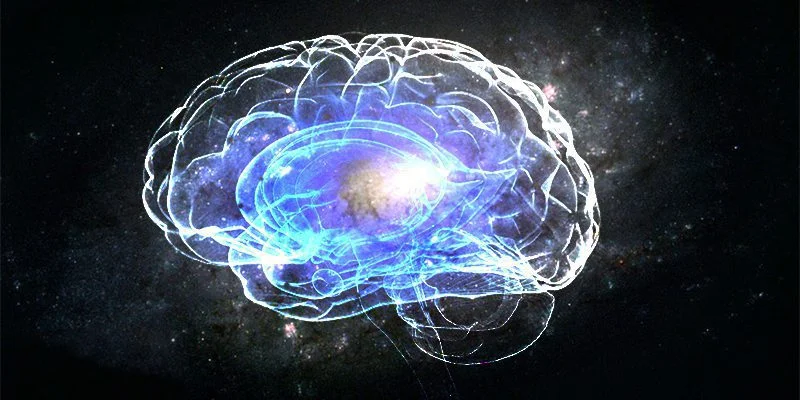Write4U:
Your latest replies to me are so scatterbrained and incoherent that I just don't think it's worth my time and effort to attempt to respond point by point.
(Edit: Oh God. I've gone and responded anyway. Too late now. What a waste of time, for all the good it will do.)
After all, you didn't actually put any thought into what I asked you. Your responses look like you just posted the first thing that came into your head, like in a game of word association.
Some people who have only been here a short time have tried engaging with you, too. In them, it seems that you have simply found an excuse to start off from scratch again with all the same word salad you used in your previous discussions with myself and others. It is clear from those interactions, however, that you have actually learned
nothing from previous discussions. You have ignored people who have tried to help you. I don't know whether it's deliberate obtuseness on your part, though that's a possibility I can't rule out. I suspect there's another, hidden, issue in play.
Either way, it doesn't seem fair to you to expect you to discuss a topic like Tegmark's MUH as if you understand something about it. You're clearly not equipped, for whatever reason, and after a while it just feels sort of icky, like bullying a child.
Anyway, let me briefly extract a few highlights (if we can call them that) from your recent posts. Call it a last ditch attempt to reach you, if you like.
(Edit: So, I got on a roll, and the highlight reel turned into the point-by-point shredding that I said I didn't want to get into, more or less. Oh well...)
It directly answered your question about shoelaces and alphabetical letters.
I didn't ask you questions about shoelaces or the alphabet. You seem quite unable to focus on what you are asked.
Antonsen taught you in the above clip.
Do you imagine there was something in Antonsen's talk that I didn't already know? (Note: I have already said I found it entertaining. I am not dissing his talk. The problem is with your assumptions about the people you're trying to talk with, right here. You're not operating at the same level, but you seem to be totally oblivious to that. Like I said, it feels icky to tell you. Probably, though, you won't believe me anyway. You'll just ignore it.)
I doubt [Tegmark] knows you exist.
Maybe he does. Maybe he doesn't. So what?
You're spending a lot of time unnecessarily telling me that I am wrong about EVERYTHING!
You mean you already knew you were wrong about everything, so I didn't need to tell you?
Right, so Tegmark is wrong and you could set him straight?
Him being wrong and him being willing to change his mind are two separate issues.
You must understand this from your own experience.
Well then...this must be you.
View attachment 5733
Oh no. I have had the privilege of knowing some
very smart people.
I
highly recommend that everyone should develop some appreciation for just how much they
don't know. Having some conception about one's own limitations means you're likely to see the world more clearly than you otherwise might. Humbler people are usually nicer people, too, so there are good spin-off effects, too.
Generic mathematics (relational values), and human symbolization of the generic relational values.
"Generic relational values" is word salad. Meaningless.
And in reality a quark has no value at all?
Who knows? You are incapable of defining what you mean by "value". Hence, when you talk about value, you don't say anything.
The enfolded mathematical potential of a thing (Bohm)
Word salad piled on word salad.
Many animals use mathematics without knowing it.
Irrelevant.
The universe uses mathematics and it does not know this either.
The universe is not an agent.
If [a proton] has any value at all it is mathematical in essence. Are you telling me, a proton has zero relational value?
The reason these statements are meaningless is because you can't define "value".
You claimed that the proton has a "mathematical value". I asked you "What is the mathematical value of a proton, Write4U?" And you start your answer with "If it has any value..."?
What do you mean, "if"? Can't you remember your own claims from one post to the next? What's up with you?
And then you ask me if
I'm telling you about a proton's "relational value"? I'm telling you nothing about a proton's relational value, Write4U, because I don't believe that "relational value" means anything at all. It's word salad you just made up. Meaningless gobbledegook. Just stream of consciousness rubbish. Literally the first thing that popped into your head when you came to respond (not reply, mind you) to the question I asked you.
This is how every discussion with you goes. It's not just me. Everybody gets the same Write4U combination of world salad, nonsense, irrelevancies piled on irrelevancies and just plain garden-variety errors. But don't worry. You'll forget I said this, two minutes after you respond to it.
A value is an inherent potential to do work, ok?
Not ok.
That's just more word salad, because you (still) don't know what "potential" or "work" is. Applying the modifier "inherent" to "potential" doesn't mean anything, because "potential" doesn't mean anything when you use that word.
You better read up on that then.
You asked me "Have you ever heard of theoretical mathematics?"
I said no, what's that?
And now you confirm that
you don't know what it is, either.
Why didn't
you "read up on it"
before you pretended it was a real thing, Write4U?
English literature doesn't have to be mathematical, it is not science. However algebra is!
No. Algebra is not science.
Irrelevant.


